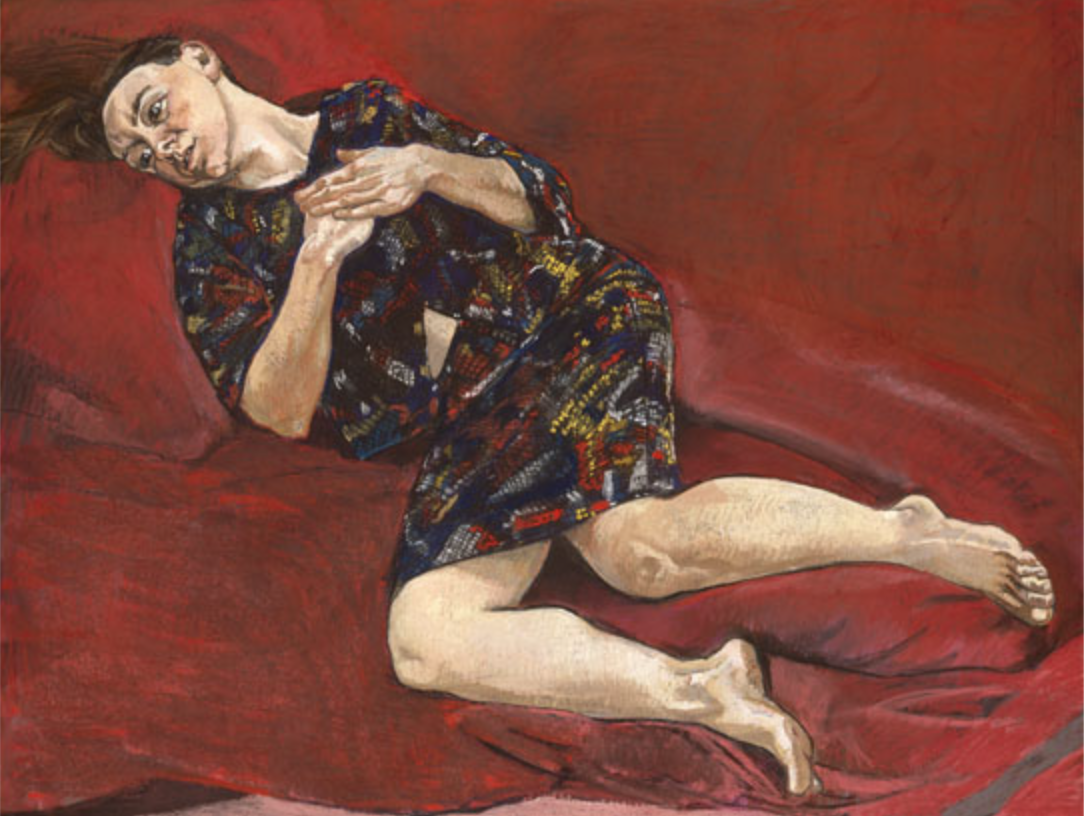
The Imago Urbis exhibition can be visited at the Lleida Museum. 16th century Lleida , curated by Ester Balasch and Carmen Berlabé, curators of the museum. About thirty pieces are on display to better understand and get to know what the city was like in the middle of the 16th century. An important time, both in terms of trade and its number of inhabitants, as the city was considered one of the most important in the Crown of Aragon. Carmen Berlabé herself comments: "The pieces mark the coming from outside to inside the ideas, knowledge, the press and philosophy, which will bring us this humanism in the city of Lleida."
At that time the city had six thousand inhabitants, and agriculture and industry were the main commercial activities. It was a difficult time for Catalonia, and especially for Lleida, as they were still recovering from the Civil War that took place in the second half of the 15th century, between King John II of Aragon and the remences facing the Council of the Principality and the General Deputation. It was the first civil conflict in which firearms were used preferentially.
Regarding the exhibition, it is worth mentioning the reproduction of a drawing of the city of Lleida that occupies an entire wall of the main room made by the Flemish artist Anton van den Wyngaerde, in 1563, commissioned by King Philip II, who serves to discover what the city was like at that time through the most important buildings: the cathedral, the King's Palace, the churches of Sant Llorenç, Sant Martí, Sant Joan, Sant Andreu and La Magdalena, as well as several convents and the old Gardeny's Templar command. In addition, it drew several cities of Corona de Aragon. The original document is in the National Library of Austria. Also on display is a set of pieces from the trio of the first Pope Borgia, Calixtus III, which consists of three parts, that of the officiant, that of the deacon and that of the subdeacon. They show a chasuble, two collars, two dalmatians, a chalk cover, two stoles, a raincoat with its cap, a maniple and a body bag. Another significant work is an oil painting on wood of the eccehomo from the convent of the Augustinians in Lleida, located in the neighborhood of Cap-pont, which recalls the mural that ten years ago was restored in a very unfortunate way in a church. of the Aragonese locality of Borja.
There are also a number of luxury items, such as a dish from the workshop of Manises, from Pisa, which was possibly part of the crockery of a well-to-do house, decorated with metallic reflection, a technique from the Arab world. . The Gothic painter Pere Garcia de Benavarri, capital of the county of Ribagorça, shows the beheading of Saint John the Baptist , which was part of the compartment of the main altarpiece of the old church of Sant Joan de Lleida. The building was located in the center of the city, where the most important events took place. The Valencian Renaissance sculptor Damià Forment also worked in the church, and an Epiphany is on display. Lleida City Council has temporarily ceded the Socors painting in Plaça de Lleida , kept in the Palau de la Paeria. This is a copy of Pieter Snayers 'oil on the siege of St. Cecilia during the Reapers' War.








